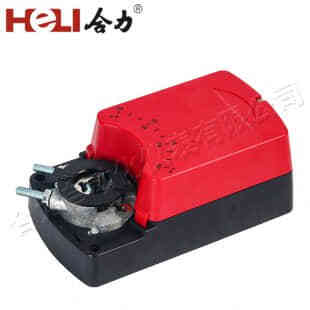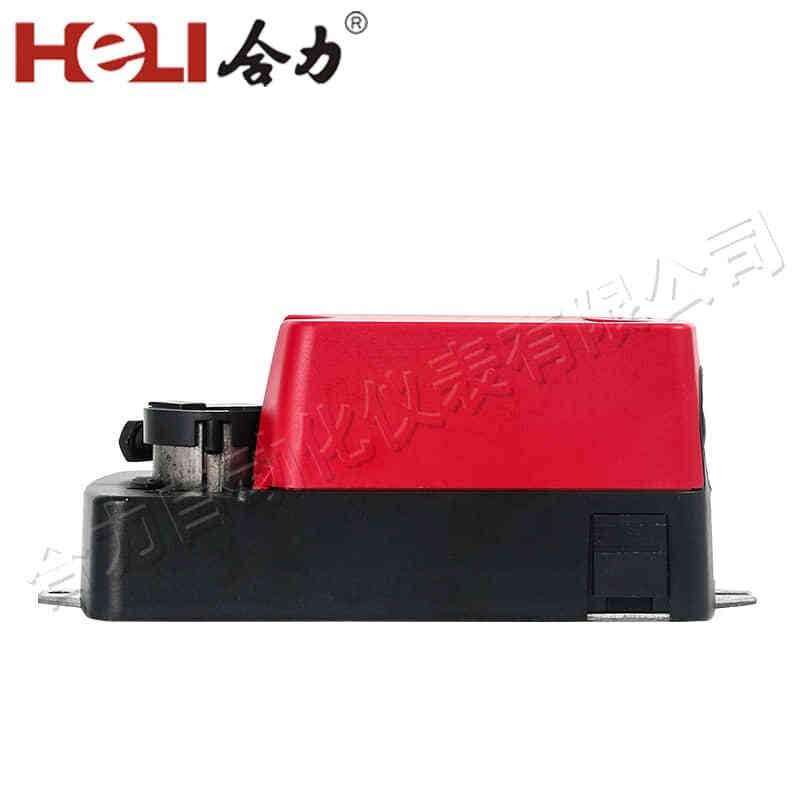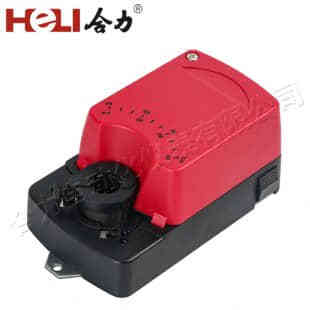In modern heating, ventilation, and air conditioning (HVAC) systems, efficiency, control, and automation play a significant role in maintaining optimal indoor environments. One critical component that helps achieve these objectives is the damper actuator. These devices are essential for regulating airflow, improving energy efficiency, and enhancing system performance. This article delves into the importance of damper actuators, their working mechanisms, applications, and their contribution to the overall HVAC system functionality.

What is a Damper Actuator?

A damper actuator is a device used to control the position of a damper, a mechanical component in HVAC systems that regulates or stops the flow of air through ducts. Dampers can either be manually or automatically controlled, with the actuator being responsible for the automated function. When an actuator receives signals from a controller (usually linked to the HVAC system), it adjusts the damper’s position to allow more or less airflow. This automated adjustment provides precise control over air distribution and temperature regulation within buildings. Working Mechanism of a Damper Actuator
